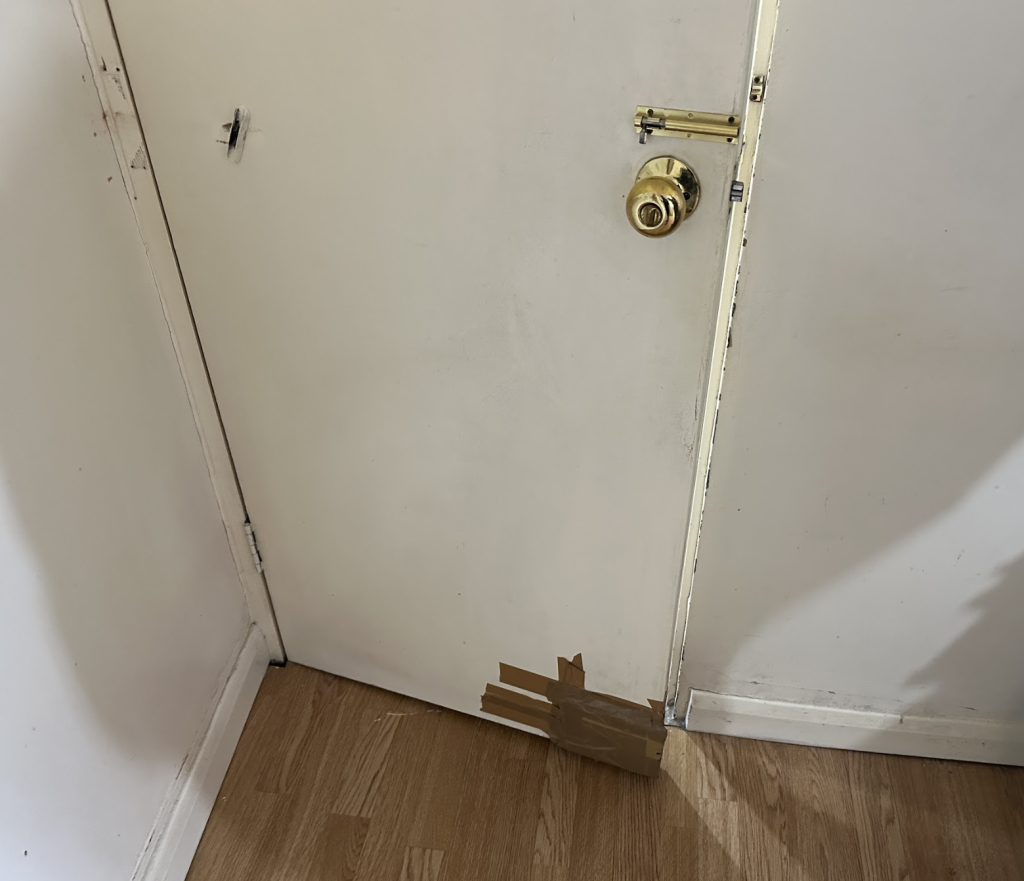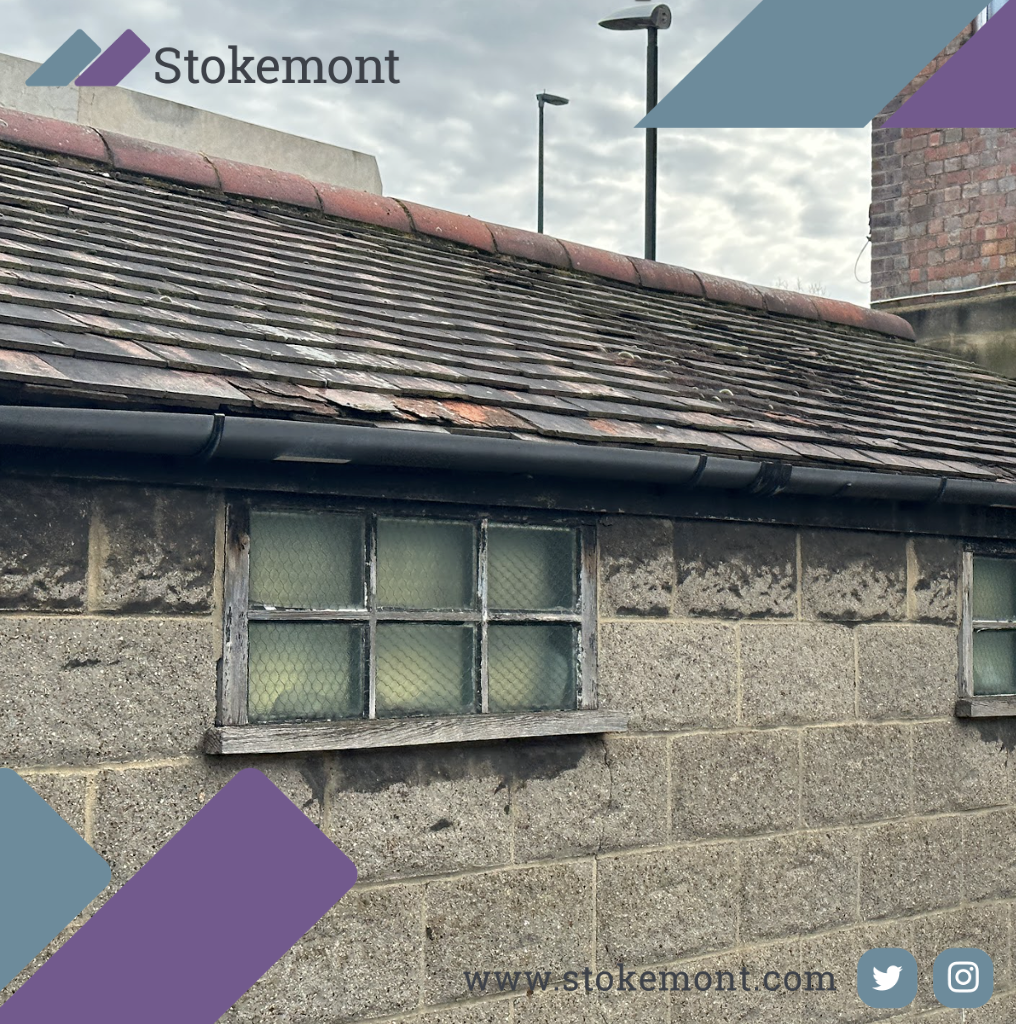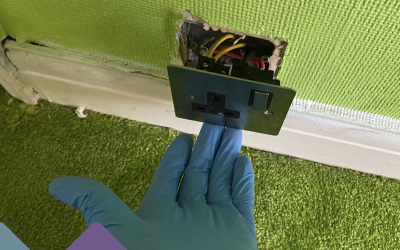In this week’s Property Surveying blog, our surveyors are going to be taking a deep dive into commercial property dilapidations.
Commercial property dilapidations can happen at two key intervals within the process of the landlord and tenant’s lease.
First and foremost, it can happen at an intermediate stage during the course of the tenancy.
Secondly, it can happen upon the approach and termination of the tenancy.

What Are Dilapidations?
Dilapidations are procedure in place to ensure that a tenant is held accountable for the lease breaches and property disrepair that they have caused to the landlord’s property during the course of their tenure.
Dilapidations can be wide and varied, however generally speaking will cover repair, alteration and redecorations.
What is a Dilapidations Claim?
In the dilapidations process, the landlord will instruct a surveyor to complete a terminal Schedule of Dilapidations on their behalf.
They will achieve this through visiting the landlord’s property and tenant’s demise.
Setting out a full and comprehensive list and record of all of the defects and issues that that surveyor notes.
This will then be tabulated and sent to the tenant, with the aim being that the tenant can respond, address and resolve the various different points that the landlord’s dilapidations surveyor has noted.
The dilapidations claim will form part of this, and effectively is the landlord’s demand for the cost of reimbursement for the various different issues that have been noted to the property.
These issues enabling the tenant to bring the property back up to its lease required position post tenant tenure.
What are a Tenant’s Options?
Once a tenant has been served a terminal Schedule of Dilapidations, they have a number of different options available to them.
We are now going to touch on these briefly to helpfully inform and advise you.
Strike a Deal
The first key point that a tenant can exercise is to negotiate and strike a deal with their landlord.

Achieving this will ensure that the costs and fees associated with the overall procedure are kept to a minimum.
Mainly because, a tenant wouldn’t need to instruct a surveyor to assist them, but also incurring time and expense in respect of negotiation and legal fees.
Surveyor Review
The second option that a tenant has at their disposal is to instruct their own surveyor. That surveyor would then undertake a tenant’s Schedule of Dilapidation report and advise them of the necessary breaches that fall within the lease, and those that don’t.

It is also likely that the tenant’s surveyor will comment on the quantum of demand, the landlord has requested.
Making Good
The last option that a tenant has open to them, is to rectify and make good the various different breaches and issues that the landlord’s surveyor has noted.
Exercising this option will effectively ensure that the landlord is given back the property in a white box format.
This in effect fulfilling the tenant’s leasehold requirements as per their tenancy and contract with the landlord.
All of these options will ensure smooth resolution of the process.
If you would like to discuss dilapidations procedures with our team of experienced building surveyors, please feel free to get in touch with us here at Stokemont, we will be more than happy to assist and advise you.




